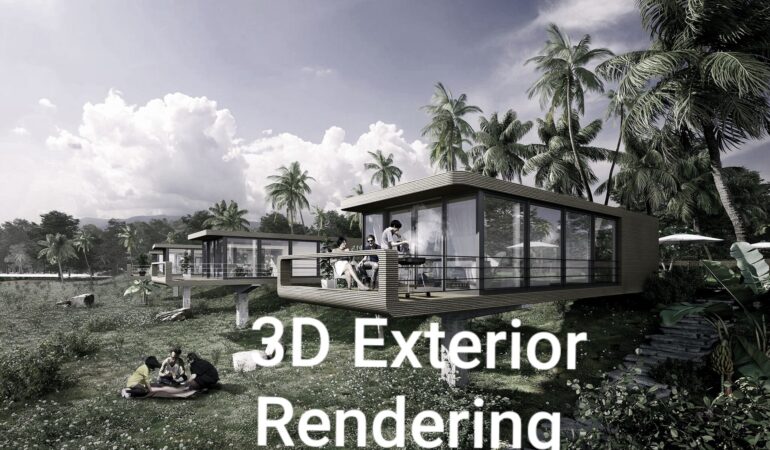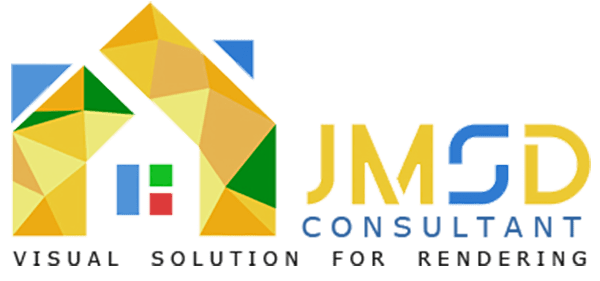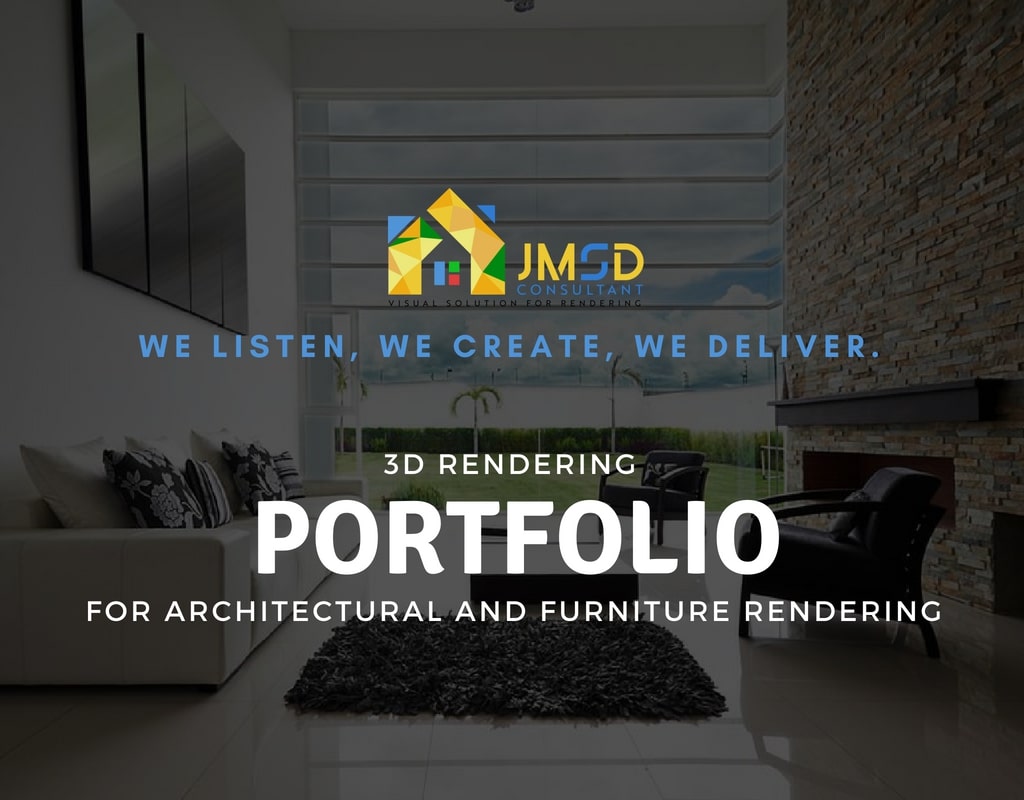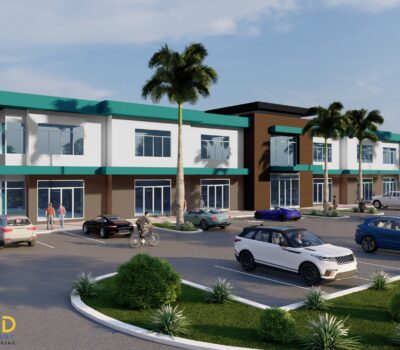A Guide to Creating an Architectural 3D Visualization Portfolio Review for 2024
Creating and reviewing an architectural 3D visualization portfolio requires careful planning, attention to detail, and a focus on presenting your best work. Below is a step-by-step guide on how to make one, along with tips for reviewing it in 2024.

A Guide to Creating an Architectural 3D Visualization Portfolio Review for 2024. This article will assist you in comprehending the straightforward process of developing a 3D visualization portfolio.
JS Engineering High-quality, Architectural 3D Rendering and Visualization Studio serving clients in the USA. Architectural 3D Rendering Outsourcing Services are available in Los Angeles, Orange County, San Jose, and San Diego, California, as well as in Chicago. Pricing for 3D Architectural Visualization is offered for Denver, Colorado; Houston and Dallas, Texas; Phoenix, Arizona; and New York.
How to Make an Architectural 3D Visualization Portfolio Review for 2024
#1. Define Your Purpose and Audience :
- Target Audience: Identify if your portfolio is for potential clients, employers, or academic purposes.
- Goals: Decide if you want to showcase technical skills, creative artistry, or both.
#2. Curate Your Best Work :
- Quality Over Quantity: Include only your strongest projects. A typical portfolio has 8–12 carefully chosen works.
- Diversity: Show a variety of styles and types of projects (residential, commercial, interiors, exteriors, etc.).
- Focus on Skills: Highlight your expertise in lighting, texturing, modeling, and rendering.
#3. Organize the Content :
- Introduction: Start with a brief introduction about yourself, your skills, and your experience.
- Project Showcase: Dedicate one or two pages per project.
- Include high-quality renders.
- Add project descriptions, software used, and your role if it was a team project.
- Process Insights: Share wireframes, sketches, or breakdowns to demonstrate your workflow.
- Closing: End with your contact information and a call to action.
Related Post : Architecture 3D Rendering Portfolio to Showcase Your Work

#4. Design and Layout :
- Consistency: Use a clean, professional design template.
- Legibility: Opt for easy-to-read fonts and a balanced layout.
- Visual Hierarchy: Ensure your best work stands out (e.g., put your best project first).
- Resolution: Use high-resolution images (minimum 300 dpi for print and optimized resolution for digital viewing).
#5. Format and Medium :
- PDF format is standard for sending via email.
- Create an online portfolio using platforms like Behance, ArtStation, or a personal website.
Architectural 3D Visualization Portfolio Review for 2024
#1. Assess Visual Quality :
- Are the renders realistic and visually appealing?
- Is there proper lighting, texture detailing, and accurate material representation?
- Do the compositions have balanced framing and effective perspectives?
#2. Evaluate Project Descriptions :
- Are the project goals and your contributions clearly stated?
- Do the descriptions convey technical and creative aspects effectively?
#3. Check Workflow Representation :
- Are process images (e.g., wireframes, clay renders) included to show your development approach?
- Does it provide insight into your problem-solving skills and creative thinking?
#4. Verify Relevance and Timeliness :
- Does the portfolio reflect current trends in architectural visualization (e.g., photorealism, stylized renders, use of VR/AR)?
- Are the projects relevant to the audience’s interests?
#5. Ensure Accessibility :
- Is the portfolio easy to navigate and understand?
- For digital versions, is the file size optimized for fast loading without sacrificing quality?
- Considering these factors in detail helps in understanding the various aspects that contribute to the overall cost of 3D rendering projects.
#6. Solicit Feedback :
- Share the portfolio with industry peers, mentors, or professionals to get constructive criticism.
- Use their insights to refine the content and presentation.
Architectural 3D Visualization Portfolio Review Pro Tips for 2024
#1. Incorporate Emerging Trends :
Include projects using new technologies like Unreal Engine, Lumion, or VR/AR integrations.
#2. Personal Branding :
Develop a consistent logo, color scheme, and style across your portfolio and other platforms.
#3. Keep It Updated :
Regularly update your portfolio to include recent work and reflect your evolving skills.
#4. Interactive Elements :
Consider adding videos, 360-degree views, or interactive features for online portfolios.
CONCLUSION :
Would you like help designing a specific layout or reviewing your existing portfolio?
In summary, the Architectural 3D Visualization Portfolio Review Pro Tips for 2024 highlight the significant impact of architectural renderings within the architecture sector and other related fields. These renderings serve as a vital visual tool for representing properties that are either unbuilt or undergoing renovation, facilitating designers, developers, and marketers in effectively communicating their design ideas and aesthetic intentions.
The advancement of CGI technology allows for the creation of these renderings with remarkable realism, making them applicable across various industries, including film, video games, product advertising, and marketing. Within the real estate sector, 3D architectural renderings hold particular importance, as they support pre-sales efforts, investor presentations, client communications, design development, architectural competitions, and the enhancement of marketing portfolios.
If you seek efficient and straightforward 3D architectural rendering services to realize your designs, JS Engineering Studio is your ideal choice. Our team of professionals is dedicated to assisting you throughout the entire process, from the initial design phase to the final delivery. Our team stands ready to evaluate your project and provide extensive 3D architectural and design rendering services. You can reach us via email at [email protected] or by submitting a request through the appropriate form on our website.





